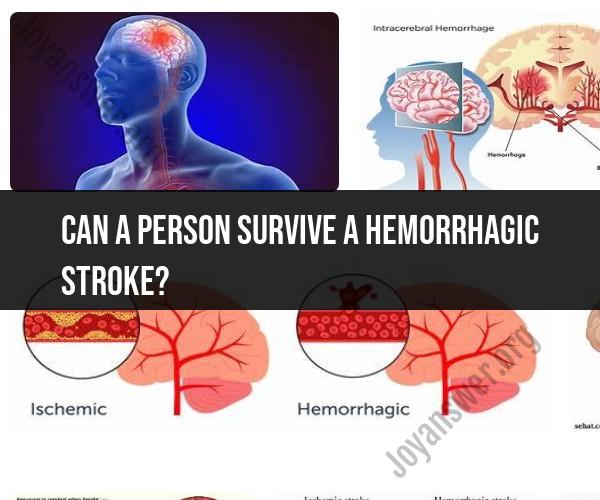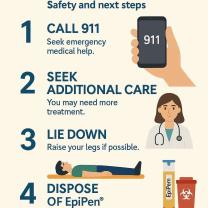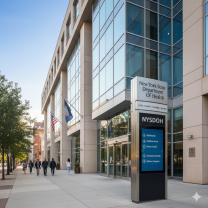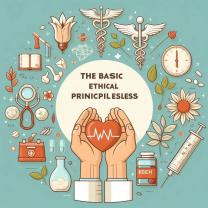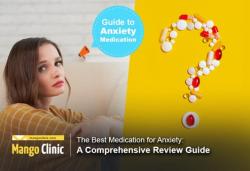Can a person survive a hemorrhagic stroke?
Yes, it is possible for a person to survive a hemorrhagic stroke, but the outcome depends on several factors, including the severity of the stroke, how quickly medical attention is received, and the effectiveness of treatment. Hemorrhagic strokes occur when a blood vessel in the brain ruptures or leaks, leading to bleeding in or around the brain. There are two primary types of hemorrhagic strokes: intracerebral hemorrhage (ICH) and subarachnoid hemorrhage (SAH).
Intracerebral Hemorrhage (ICH): This type of hemorrhagic stroke involves bleeding directly into the brain tissue. Survival rates and recovery outcomes can vary widely depending on the size and location of the bleed, as well as the patient's overall health.
Subarachnoid Hemorrhage (SAH): SAH occurs when there is bleeding in the space between the brain and the surrounding membranes. Survival rates for SAH can be relatively higher compared to ICH, but the prognosis still depends on various factors.
Treatment and recovery from a hemorrhagic stroke typically involve the following:
Immediate Medical Attention: Time is critical in the treatment of hemorrhagic strokes. Receiving prompt medical care is essential to minimize the damage and improve the chances of survival.
Hemorrhage Control: Doctors will work to control the bleeding, which may involve surgery or other procedures. In the case of SAH, this may include endovascular coiling or surgical clipping of an aneurysm.
Supportive Care: Patients may need to be closely monitored in an intensive care unit (ICU) to manage their condition and prevent complications.
Rehabilitation: Once stable, survivors of hemorrhagic strokes often require rehabilitation to regain lost functions. This can include physical therapy, occupational therapy, speech therapy, and psychological support.
Medications: Medications may be prescribed to manage symptoms, prevent further strokes, and address underlying health issues such as high blood pressure, which is a risk factor for stroke.
The outcome of a hemorrhagic stroke varies greatly. Some individuals may experience minimal long-term effects and recover well with appropriate treatment and rehabilitation, while others may face significant challenges and disabilities. Rehabilitation efforts are crucial in helping survivors regain independence and improve their quality of life.
Prevention plays a vital role in reducing the risk of hemorrhagic strokes. Managing risk factors such as high blood pressure, not smoking, and adopting a heart-healthy lifestyle can significantly lower the chances of experiencing a stroke. It's important to seek immediate medical attention if you suspect someone is having a stroke or if you are experiencing stroke symptoms, such as sudden severe headache, numbness, weakness, or difficulty speaking. Early intervention can save lives and improve outcomes.
Hemorrhagic Stroke Survival: What You Need to Know
Hemorrhagic stroke is a type of stroke that occurs when a blood vessel in the brain ruptures, bleeding into the brain tissue. Hemorrhagic strokes are less common than ischemic strokes (which are caused by a blood clot blocking a blood vessel in the brain), but they are often more deadly.
The survival rate for hemorrhagic stroke depends on a number of factors, including the severity of the stroke, the patient's age and overall health, and how quickly the patient receives treatment.
According to the American Stroke Association, the overall survival rate for hemorrhagic stroke is about 34% at one year, but this number can vary depending on the factors mentioned above.
For example, patients who are younger and have fewer underlying health conditions tend to have better survival rates. Patients who receive treatment within three hours of having a stroke also have better survival rates.
Surviving a Hemorrhagic Stroke: Recovery and Beyond
Recovery from a hemorrhagic stroke can be a long and challenging process. The severity of the stroke and the amount of brain damage that occurred will determine how much recovery is possible.
Some patients may make a full recovery, while others may experience permanent disabilities. Common disabilities after a hemorrhagic stroke include paralysis, weakness, difficulty speaking and swallowing, and cognitive problems.
Recovery from a hemorrhagic stroke may involve a variety of therapies, including:
- Physical therapy: To help patients regain strength and mobility.
- Occupational therapy: To help patients learn to perform activities of daily living, such as dressing, bathing, and eating.
- Speech therapy: To help patients improve their communication skills.
- Cognitive therapy: To help patients improve their memory, thinking skills, and problem-solving skills.
Navigating Life After a Hemorrhagic Stroke: Insights and Support
Navigating life after a hemorrhagic stroke can be difficult for both patients and their families. It is important to be patient and realistic about the recovery process.
Here are some insights and support tips for navigating life after a hemorrhagic stroke:
- Get support from your family and friends. Your loved ones can provide you with emotional and practical support as you recover.
- Join a support group. There are many support groups available for stroke survivors and their families. These groups can provide valuable information and support as you cope with the challenges of recovery.
- Set realistic goals. Don't expect to make a full recovery overnight. Set small, achievable goals for yourself and celebrate your progress along the way.
- Take care of yourself. Make sure to eat a healthy diet, get enough sleep, and exercise regularly. Taking care of your physical and mental health will help you to recover faster.
If you have survived a hemorrhagic stroke, you are not alone. There are many resources available to help you and your family cope with the challenges of recovery. With patience and perseverance, you can rebuild your life and regain your independence.
